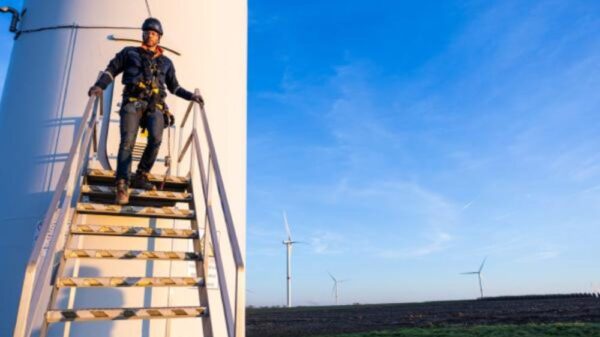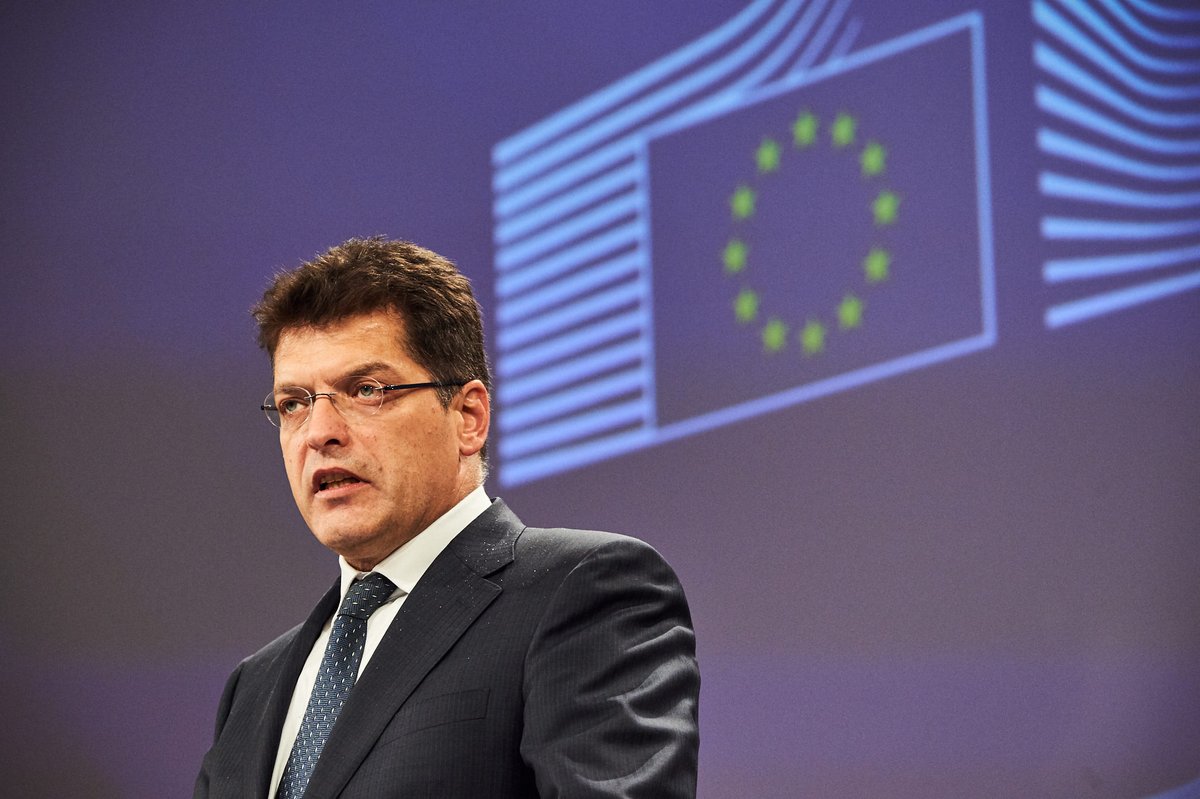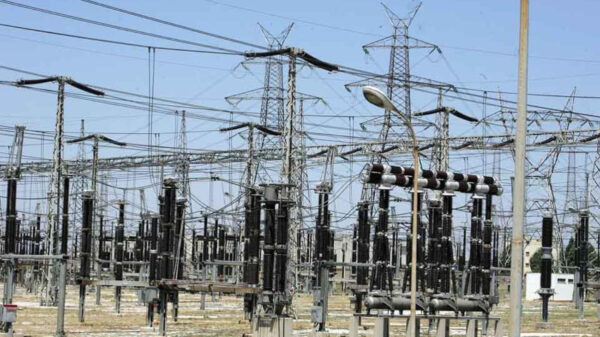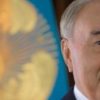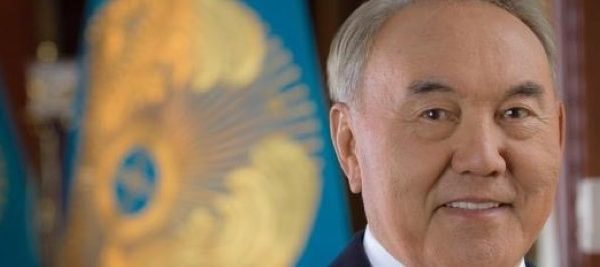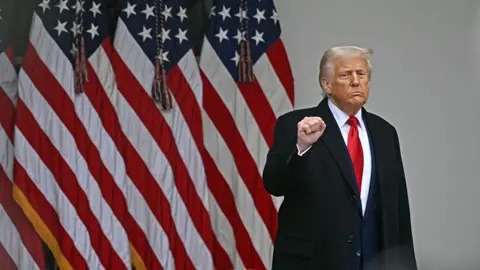 Getty Images
Getty ImagesDonald Trump, in announcing his sweeping new tariffs on US imports on Wednesday, promised that the history books would record 2 April as America’s “liberation day”.
After two days of stock market turmoil, however, this may also be remembered as the week the president’s second-term agenda ran headfirst into economic – and political – reality.
US stocks have been in a tailspin since Trump unveiled his tariffs at Wednesday afternoon’s White House Rose Garden event, with signs that America’s trading partners – Canada, the European Union and China, most notably – are not backing away from a fight.
Meanwhile, other presidential efforts, on foreign policy and immigration, and at the ballot box – have faced notable setbacks in recent days.
The White House on Thursday felt a bit like a building battening down for a coming storm. The four big posters showing America’s “reciprocal” tariffs on a long list of countries were on prominent display in the press briefing room, but administration officials available to respond to media questions were few and far between.
Out on Pennsylvania Avenue, workers unloaded pallets of metal fencing, which will ring the White House grounds in preparation for what officials anticipate to be a large anti-Trump demonstration at the nearby Washington Monument on Saturday. The first lady announced that a White House garden tour event that had been scheduled for that day was postponed because of security concerns.
Even the normally loquacious president stopped only briefly to talk with the crush of reporters on his way to board the Marine One helicopter on the first leg of his journey to Florida.
“I said this would be exactly the way it is,” he declared when asked about the day’s stock market turmoil. The markets – and America as a whole – would soon boom, he said.
The president, it seems, is willing to wait out the tempest created by his tariff plan. He appears confident that his economic vision of a rebuilt, job-rich American manufacturing sector protected from foreign competition – a vision he has closely held for decades – will ultimately be proven right.
The Trump agenda’s close encounter with cold, hard reality wasn’t limited to trade this week, however.
His two top foreign policy priorities – ending the wars in Gaza and Ukraine – both appear mired in the kind of messy details and conflicting agendas that often obstruct lasting peace.
Israel has once again moved into Gaza and escalated a bombing campaign that is generating reports of widespread civilian casualties. The ceasefire that Trump touted in the days before he took office appears to be in tatters.
Russia, meanwhile, continues to pile new conditions on to negotiations for a full ceasefire with Ukraine, which is an indication that the nation may be buying time to allow its ground forces to take more territory.
“If I think they’re tapping us along, I will not be happy about it,” Trump said of Russia. But he added that he still believes President Vladimir Putin wants to “make a deal”.
Evidence so far indicates the contrary, according to Jake Sullivan, who was President Joe Biden’s national security adviser.
In an interview with the BBC, he accused Trump of handing Russia most of its demands, though he acknowledged it was still early in the process and things could yet change.
“So the current dynamic in these negotiations a) is not in fact producing Russian willingness to reach a fair and just compromise, but b) is actually stimulating a view in Moscow that if they just keep holding out, they’re just going to keep getting concessions from the United States. And so far that is what has happened.”
Even Trump’s deportation and immigration enforcement efforts, which still have high public support, have been at least partially derailed by legal challenges.
While his administration has successfully completed several flights transferring alleged Tren de Aragua Venezuelan gang members to an El Salvadoran high-security prison, the judge presiding over a case challenging those deportations said on Thursday there was a “fair likelihood” officials had violated his court order to turn the flights around.
Other court challenges – to Trump’s suspension of political asylum processing and refugee resettlement, his attempt to end birthright citizenship and his revocation of temporary protected status for about 350,000 Venezuelans – are currently working their way through the US legal system.
At some point, the US Supreme Court is expected to weigh in on many of these disputes.
This week also marked the biggest round of elections since Trump’s November 2024 victory, as voters headed to the polls in Wisconsin to elect a state judge and in two Florida special elections for seats in the House of Representatives.
While the Republican candidates in Florida prevailed, their winning margins were about 15%, which is about half of what Trump posted in those congressional districts in November.
In Wisconsin, a key political battleground state, the Democratic-backed candidate won. Democrats were able to maintain the liberal majority on the court despite the tens of millions of dollars spent by conservative groups, including by tech billionaire Elon Musk, who campaigned there in person.
Taken as a whole the results suggest that Democrats are doing well in hotly contested races and may be making inroads even in reliably conservative areas – in part by campaigning against Musk and his efforts to massively cut federal programmes and staff.
That could be an indication that the party will have the political wind at their backs in state elections this November and the midterm congressional elections next year.
The stock market tumult, and those ballot-box results, may be behind a few scattered signs of dissent within Republican ranks.
Ted Cruz, an arch-conservative senator from Texas, said on his podcast on Friday that Trump’s tariffs “could hurt jobs and could hurt America” – particularly if other nations retaliate, as China has already done.
“If we’re in a scenario 30 days from now, 60 days from now, 90 days from now, with massive American tariffs, and massive tariffs on American goods in every other country on Earth, that is a terrible outcome,” he continued.
On Wednesday night in the US Senate, four Republicans joined with Democrats to support rescinding the emergency declaration that justifies Trump’s earlier Canada tariffs.
And on Thursday, Republican Senator Chuck Grassley of Iowa joined with Democrat Maria Cantwell of Washington to back a measure that would require Congress to directly approve tariffs that stay in effect longer than 60 days.
Republicans by and large have been sticking with the president. They seem unwilling, or unable, to sway Trump from his current course on tariffs and government cuts and appear fearful of the political consequences of breaking with the man who has a vise-like grip on the party.
But if the current economic shock becomes a long-term hardship, and if government programme cuts translate into tangible disruptions in popular services or if Trump’s standing in opinion polls continues to sag, members of his own party may begin eyeing the exit signs for the first time in years.
And that would bring an unceremonious end to some of Trump’s most ambitious efforts.
Trump, no longer worried about standing before voters, may feel liberated from the immediate political consequences of his actions – but reality has a way of asserting itself in the end.







